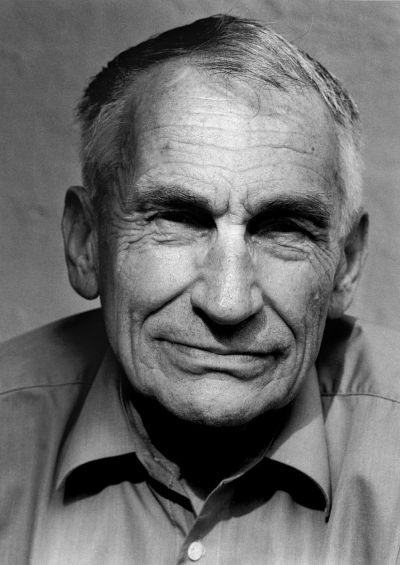Józef Rosner (1892–1971): The master of portraits

Heritage
Józef Rosner was born in Cieszyn in 1892 to a family blessed with many children. His mother Emma was German, his Father Ferdinand a Jew. His father, who managed a quarry, wanted his son to learn a solid profession and sent him as an apprentice to a locksmith in Moravska Ostrava (today Ostrava in the Czech Republic). However, young Józef decided that he wanted to be a photographer and gave up his apprenticeship after only a short time. His father was so incensed at his stubbornness that he denied him any further financial support so Józef had to earn his own living. He went to Vienna where he got a job with the court and chamber photographer Karl Pitzner. In 1908, he completed his apprenticeship examination with distinction and was now allowed to work more independently. There then followed a period of travel through a number of towns and photographic studios. In 1910, he settled in Germany. As an Austrian subject he was conscripted to the army during the First World War and fought on various fronts. Hardly anything is known about this time in his life. In 1917, before the end of the war, he married Elżbieta Berg in Landsberg (Gorzów Wielkopolski) . Their son Jerzy Marek was born in 1953.
Photographic studios in Landsberg and Chemnitz
After the First World War, Rosner stayed in Landsberg, where he ran a photographic studio in his name in Friedeberger Straße 3. In 1919, he gained the master craftsman certificate and then sought to extend his practical knowledge, which solidified his professional position. On the strength of this, he moved to Chemnitz in 1925 and opened a photographic studio in Bahnhofstrasse. He specialised in portraits.
Over time, Rosner developed his own method for lighting his models which he kept to consistently over the following decades, although initially the people sitting for the portraits were not keen at all. Rosner also kept the touch-up pen, with which the pictures could be “enhanced”, as a requisite because he was of the opinion that this type of retrospective work had nothing to do with “photographic truth”. His concern lay in reproducing the emotional and physical expression of the person portrayed such that their uniqueness became manifest. Rosner also dedicated himself to landscape photography a short time later. In doing so, he experimented with various photographic techniques and mainly created his works in the free hand method, and in rubber, pigment and bromine oil print.
“Rosner’s portraits – writes Lech Grabowski – are reluctantly sparing in the use of formal effects. They win you over with their authenticity. The landscapes speak a simple language too. The clarity of their composition and the simplicity of their motifs presumably stem from the author's conviction that the world of specific objects lies at the heart of a photograph. In Rosner’s landscapes, the materiality, the objectivity of the world portrayed is tangible. They are simple in their approach.” (Grabowski, p. 12)
From 1924, Rosner regularly took part in photographic exhibitions in Berlin, Hamburg, Leipzig, Frankfurt am Main, Jena, Essen and Cologne. However, his works were also shown in Denmark, France, Holland, Ireland, Japan, Sweden, Italy and in the USA. These frequent appearances attracted the attention of his colleagues in the field. More invitations to exhibitions followed. In 1927, he became a member of the Association of German Photographers, which appointed him to their jury jury in 1929. In the same year, he also submitted his work to the Third International Salon in Poznań.














